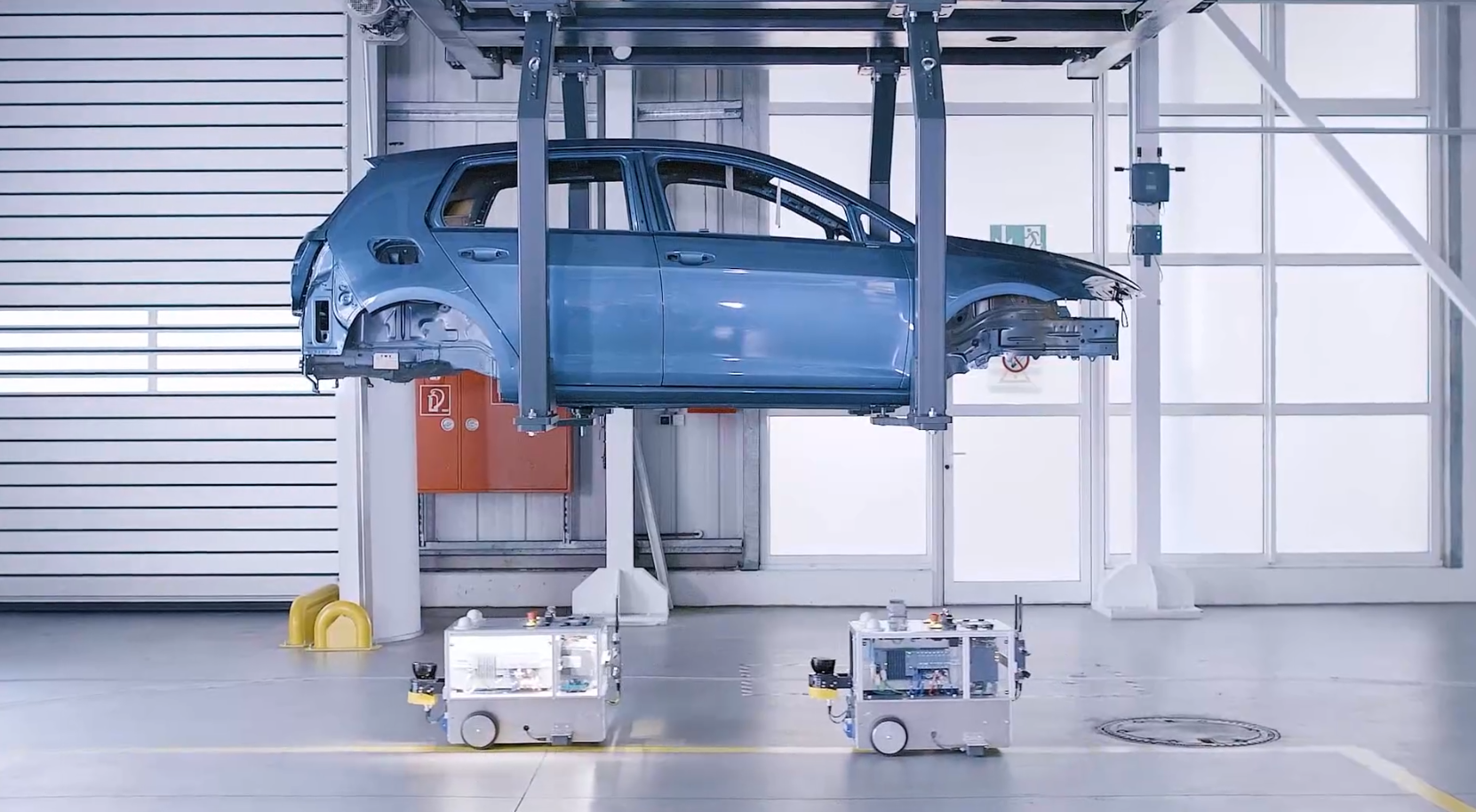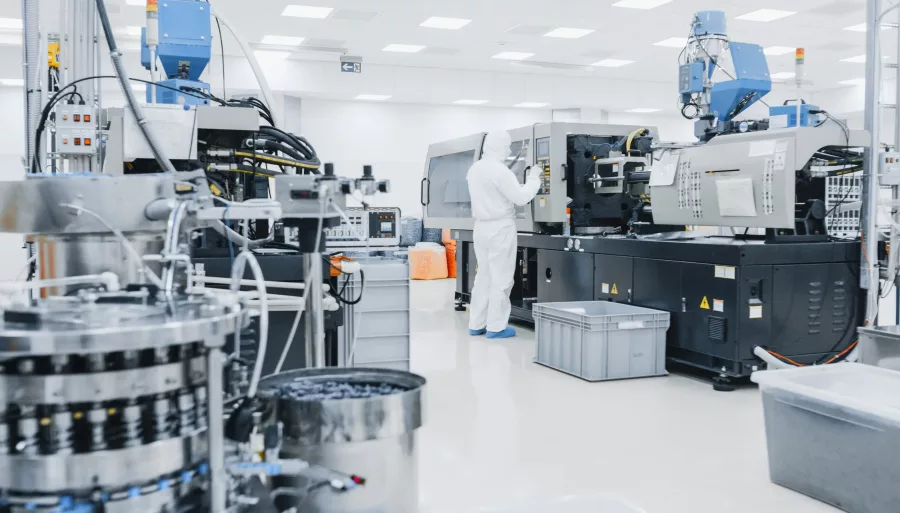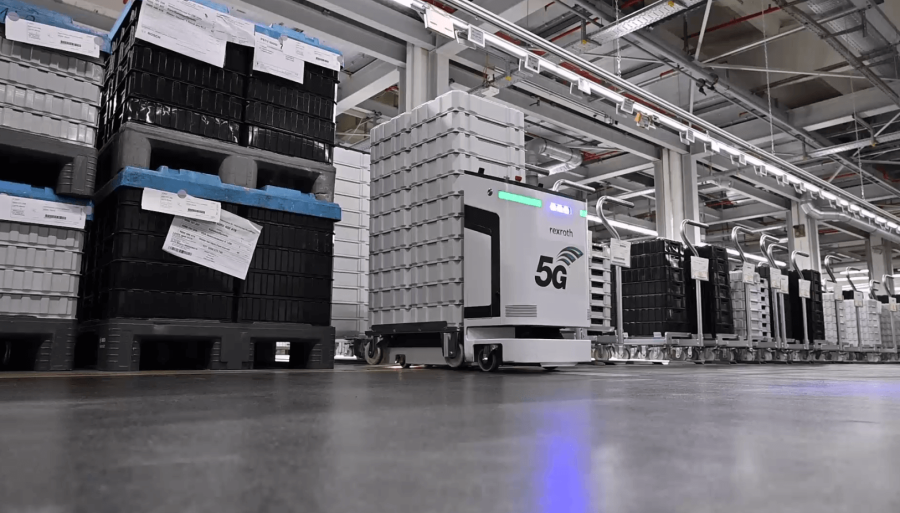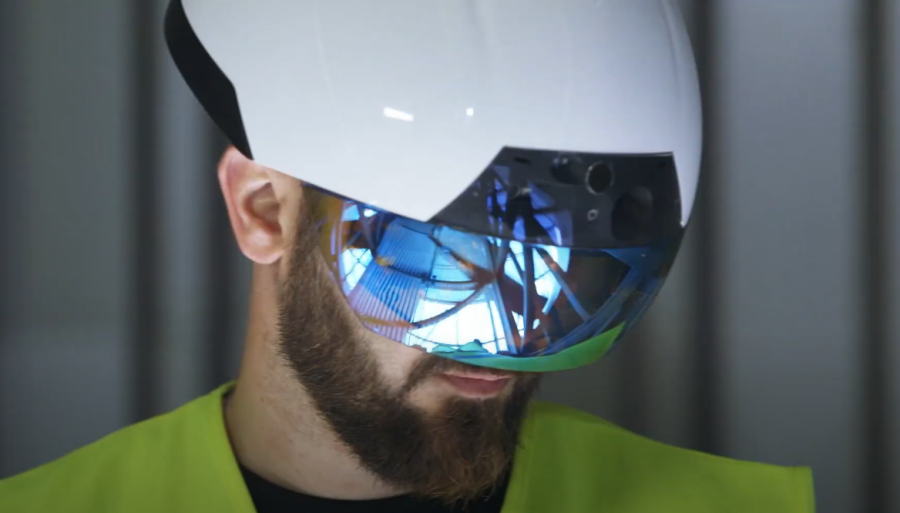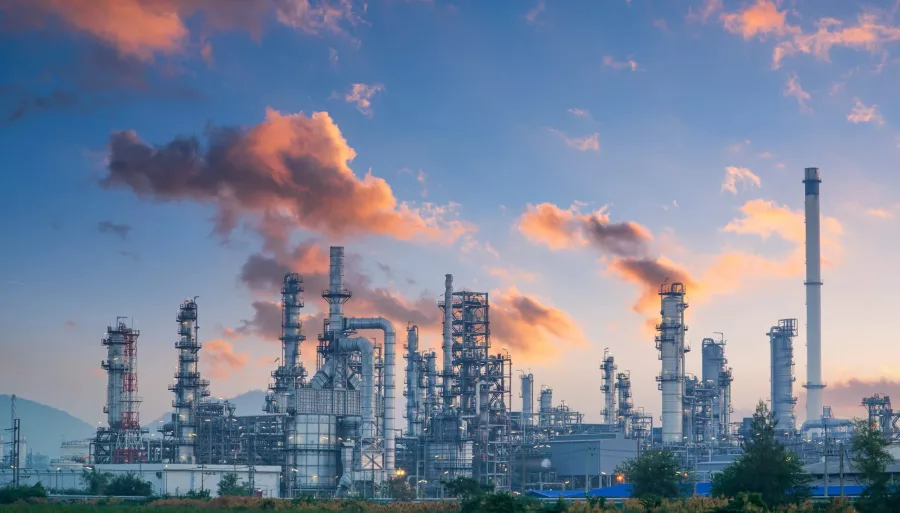Use case
Factory Automation
Factory automation comprises automated control, monitoring, and optimization of processes and workflows within a factory.
Use case topic
This includes closed-loop control applications (e.g. based on programmable logic or motion controllers), robotics, and aspects of computerintegrated manufacturing.
Example use cases (as described in [1]) for factory automation include motion control, control-to-control, mobile robots and massive wireless sensor networks. Communication services for factory automation need to fulfill stringent requirements, especially in terms of latency, communication service availability and determinism. Operation is limited to a relatively small service area, and typically no interaction is required with the public network (e.g. for service continuity, roaming etc.).
